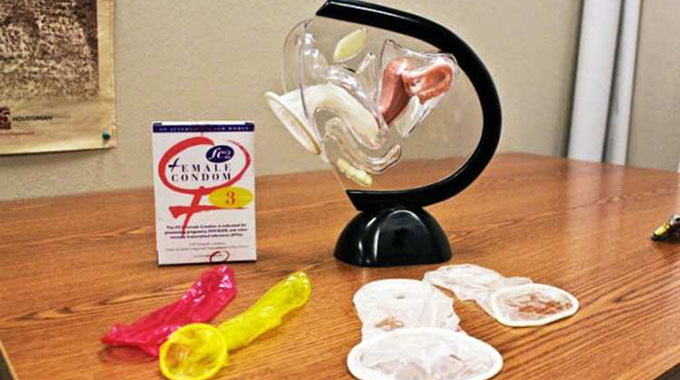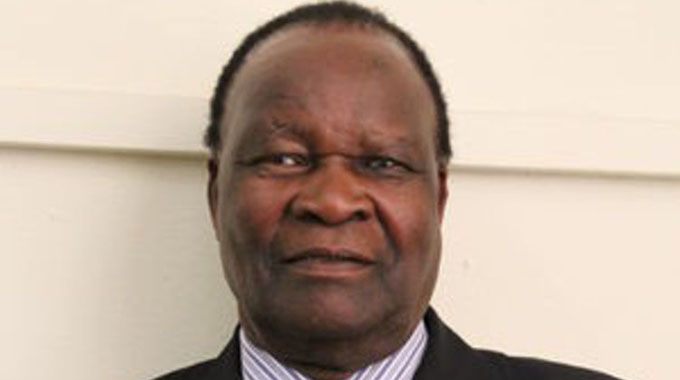Govt out to promote new female condom

Manicaland Correspondent
The Ministry of Health and Child Care is holding workshops with various stakeholders to come up with ways of preventing the spread of HIV, STIs and unintended pregnancy through revitalised female condoms.
Speaking during a workshop in Mutare yesterday, key population coordinator in the Ministry Mr Taurai Bhatasara said there was need of a balanced approach to scale up treatment and primary prevention of STIs, HIV and unintended pregnancy.
“The ministry is revitalising female condoms to prevent STIs, HIV and unintended pregnancy,” he said.
“A balanced approach to scale up treatment and primary prevention is, therefore, critical and we are encouraging women to use the FC2 female condoms so as to reduce the rates of STIs and HIV infections.
“Globally, adolescent girls and young women are disproportionately infected by HIV. Sub-Saharan Africa in general and Zimbabwe particular is not an exception. According to the Zimbabwe Population-Based HIV Impact Assessment, HIV prevalence among 20 to 24 year olds is three times higher among females at 8,5 percent than among males at 2,7 percent.
“The burden of HIV on adolescent girls and young women calls for urgent attention and innovations to reduce the burden.”
Mr Bhatasara said there was need for a constant reminder of the new infections that could be averted through use of male and female condoms.
“Epidemiological models and programmatic experience suggested that 37 percent of all new infections could be averted by Antiretroviral Therapy (ART) if individuals with multiple partners use condoms consistently,” he said.
Mr Bhatasara said there was still a low percentage of people who go for voluntary testing for HIV and STIs.
“Forty two percent of women among the 15-24 age group and only 26 percent of men in the 15-24 age group had tested in the last 12 months in Zimbabwe,” he said.
“Nearly half of young people living with HIV in Zimbabwe do not know their status.
“However, a total of 59 270 urethral discharge cases were reported. Majority of them were in the 25-49 age group.”











Comments